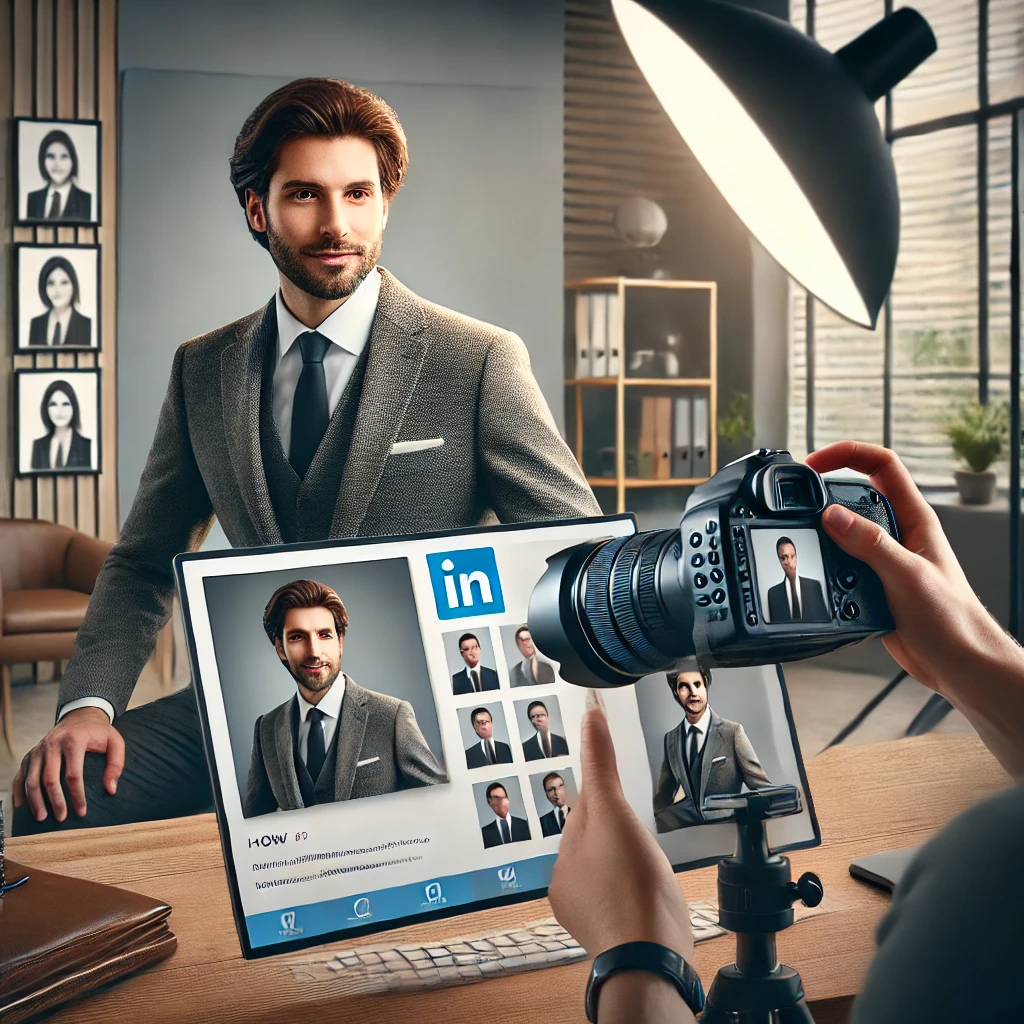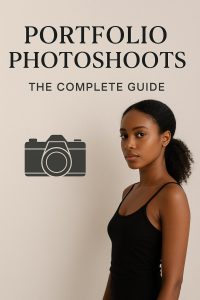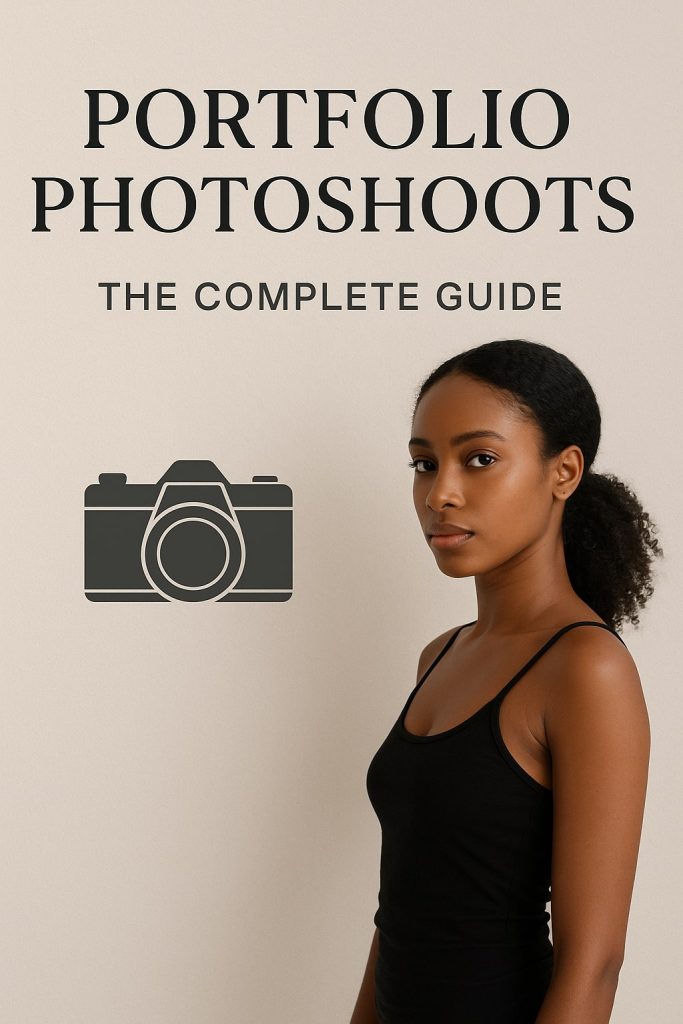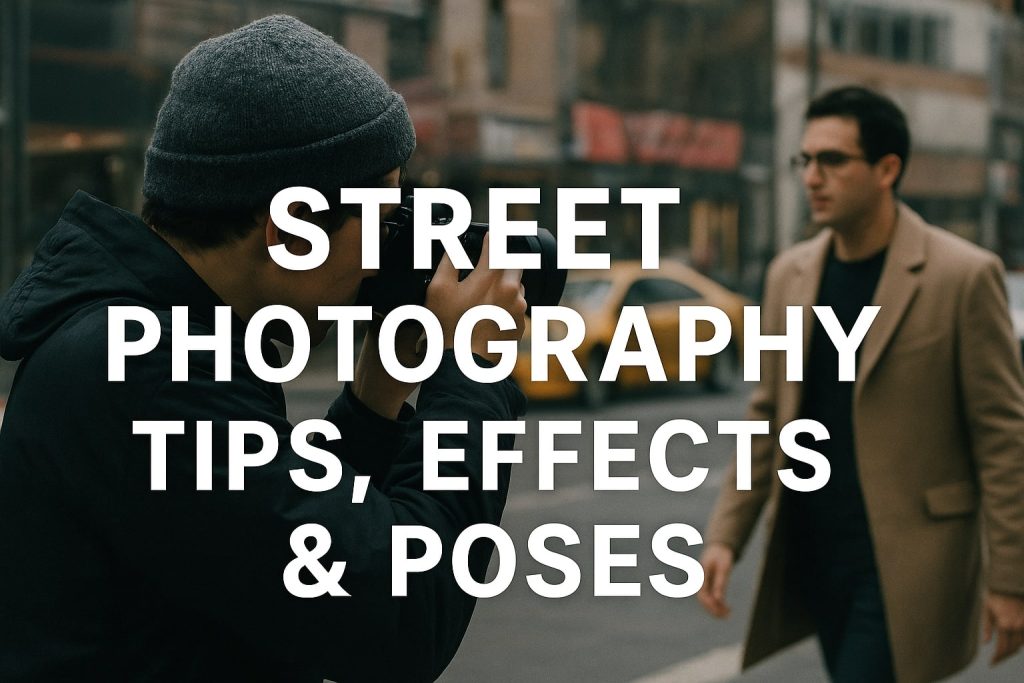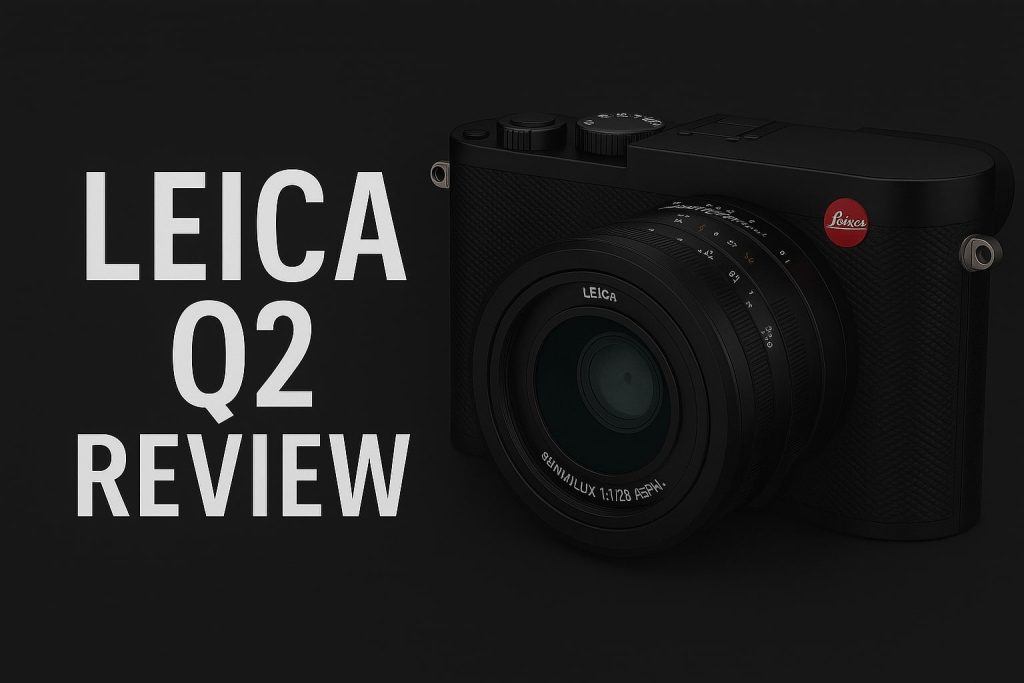A corporate headshot is more than just a simple portrait. It’s a representation of professionalism, credibility, and personal branding. In today’s digital-driven world, business portfolios are essential for entrepreneurs, executives, and professionals looking to establish authority in their industries. High-quality corporate headshots play a crucial role in making that first impression count.
In this guide, we’ll cover:
- Why corporate headshots matter for business portfolios
- Essential equipment and camera settings for corporate photography
- Lighting techniques for professional headshots
- Choosing the right background and location
- Wardrobe and grooming tips for the perfect look
- Posing techniques to project confidence and professionalism
- Editing and retouching strategies for polished results
- Best platforms to showcase your business portfolio
- Tips for keeping your corporate headshots up-to-date
Let’s dive into the details and learn how to create impactful business portfolio headshots!
1. Why Corporate Headshots Matter for Business Portfolios
The Importance of a Professional Image
- First Impressions Count – A professional headshot establishes credibility instantly.
- Brand Consistency – Helps maintain a cohesive brand image across business platforms.
- Enhances Online Presence – Essential for LinkedIn, company websites, and networking events.
- Builds Trust with Clients – Humanizes your brand and makes you more approachable.
How Headshots Improve Business Portfolios
- Adds a personal touch to executive bios and resumes.
- Elevates personal branding for entrepreneurs and freelancers.
- Strengthens networking efforts by creating a lasting visual impression.
- Enhances team profiles on corporate websites.
2. Essential Equipment and Camera Settings for Corporate Photography
Recommended Equipment
- Camera: A high-resolution DSLR or mirrorless camera (e.g., Canon EOS R5, Nikon Z9).
- Lens: 50mm, 85mm, or 70-200mm for sharp and flattering results.
- Tripod: Ensures stability for sharp images.
- External Flash or Softbox: Provides balanced lighting for a polished look.
Best Camera Settings
- Aperture: f/2.8 to f/5.6 for a blurred background with sharp facial details.
- ISO: 100-400 for noise-free images.
- Shutter Speed: 1/125s or faster to avoid motion blur.
- White Balance: Adjust according to lighting (daylight, tungsten, or custom settings).
3. Lighting Techniques for Professional Headshots
Natural Light vs. Studio Lighting
- Natural Light: Best for outdoor settings or near large windows for soft, even illumination.
- Studio Lighting: Provides controlled and professional results with softboxes or LED panels.
Lighting Setups for Flattering Headshots
- Three-Point Lighting: Key light, fill light, and hair light for a balanced look.
- Butterfly Lighting: Creates soft shadows under the nose and chin for a classic corporate look.
- Rembrandt Lighting: Adds depth and dimension with a signature triangular light on one cheek.
- Clamshell Lighting: Softens shadows for a professional and approachable image.
4. Choosing the Right Background and Location
Background Options
- Plain White or Gray: Clean and distraction-free.
- Corporate Office Setting: Adds authenticity and professionalism.
- Outdoor Backgrounds: Use greenery or architectural elements for a modern touch.
- Branded Backgrounds: Incorporate company colors subtly for brand alignment.
Things to Avoid
- Busy or cluttered backgrounds.
- Harsh shadows or unflattering light.
- Overpowering colors that distract from the subject.
5. Wardrobe and Grooming Tips for the Perfect Look
Clothing Recommendations
- Men: Fitted suit, dress shirt, solid-colored tie, or business casual attire.
- Women: Blazer, blouse, or structured dress in neutral or muted tones.
- Neutral Colors: Navy, gray, black, and white for timeless appeal.
- Avoid Busy Patterns: Solid colors work best to keep the focus on your face.
Grooming Essentials
- Hair: Clean, well-styled, and free of flyaways.
- Makeup: Minimal and professional for a polished look.
- Shaving and Skin Prep: Ensure a clean shave or well-groomed facial hair.
- Glasses & Accessories: Choose non-reflective lenses and minimal jewelry.
6. Posing Techniques to Project Confidence and Professionalism
Best Poses for Corporate Headshots
- Straight-on Pose: Classic, authoritative, and confident.
- Angled Pose: Adds depth and creates a relaxed look.
- Seated Pose: Great for executives and casual business portraits.
- Leaning Forward: Engaging and approachable.
- Arms Crossed: Conveys confidence and leadership.
Facial Expressions
- Natural Smile: Warm and inviting for business relationships.
- Serious Expression: Suitable for high-level executives.
- Relaxed Jawline: Avoids tension and creates a natural look.
7. Editing and Retouching Strategies for Polished Results
Basic Edits
- Adjust brightness and contrast for clarity.
- Crop and frame for better composition.
- Remove minor blemishes and skin imperfections.
Advanced Retouching
- Teeth Whitening – For a natural and fresh smile.
- Skin Smoothing – Subtle adjustments for a professional finish.
- Background Cleanup – Remove distractions while maintaining realism.
8. Best Platforms to Showcase Your Business Portfolio
Online Platforms
- LinkedIn – Essential for professional networking.
- Personal Website – Best for showcasing an extensive business portfolio.
- Company Websites – Strengthens corporate branding.
- Press Releases & Interviews – Establishes thought leadership.
Portfolio Hosting Sites
- Adobe Portfolio, Squarespace, Wix, and Behance for photographers and professionals.
9. Tips for Keeping Your Corporate Headshots Up-to-Date
When to Update Your Headshot
- Every 2-3 years or after a major style change.
- When changing job roles or industries.
- If your current headshot no longer represents your brand.
How to Maintain a Consistent Brand Image
- Use similar lighting and backgrounds for all team headshots.
- Keep your look aligned with company branding.
- Ensure all headshots are high-resolution and professional.
Conclusion
Taking corporate headshots for business portfolios requires a blend of technical skills, creativity, and professional styling. By following the right lighting techniques, posing strategies, and editing tips, you can create stunning corporate headshots that boost personal branding and professional credibility.
Start enhancing your business portfolio today with high-quality, professional corporate headshots!

Mobile Photography Hacks: Candid Moments with Your Phone
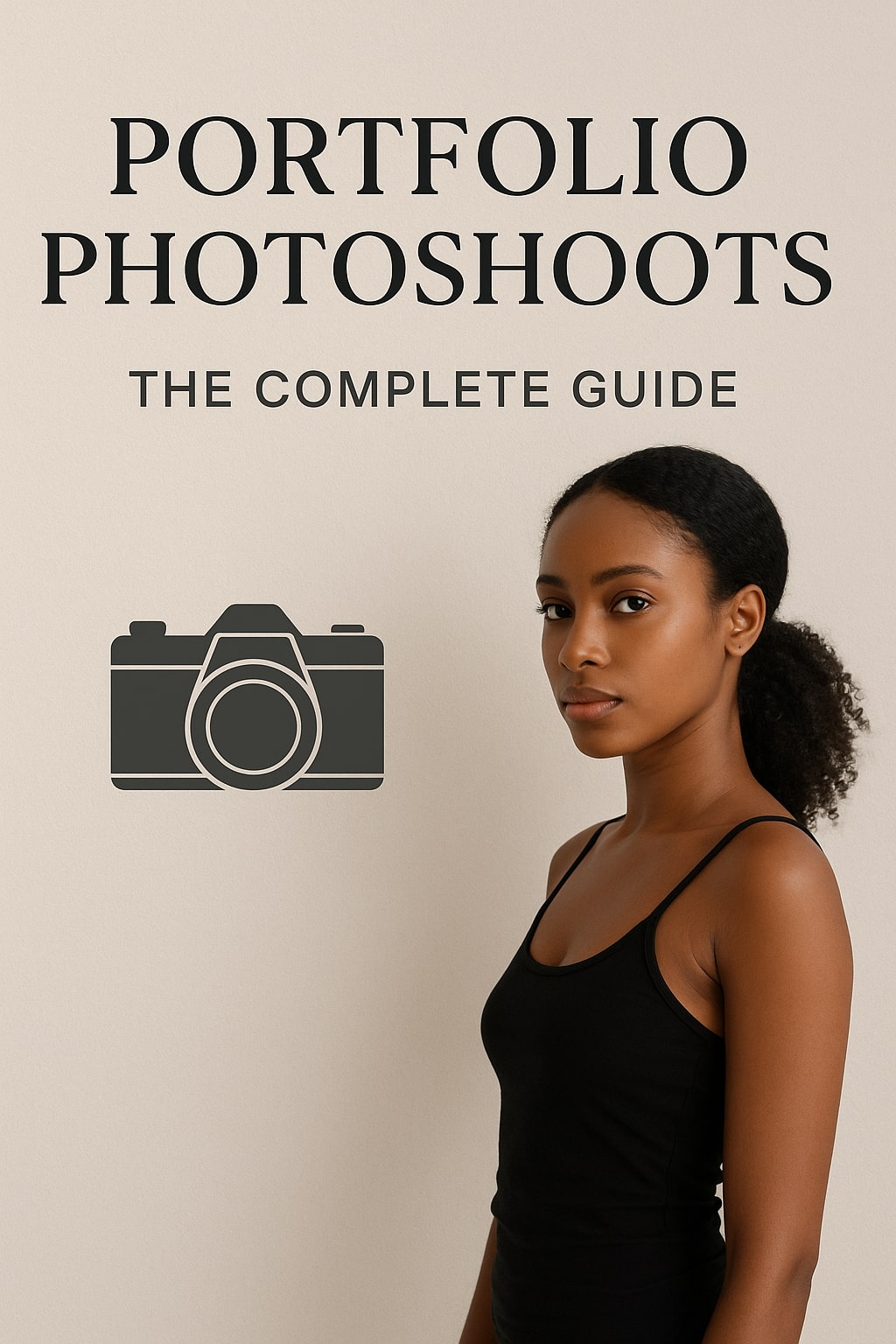
Professional Model & Portfolio Photoshoots: Show Your Best Work
-
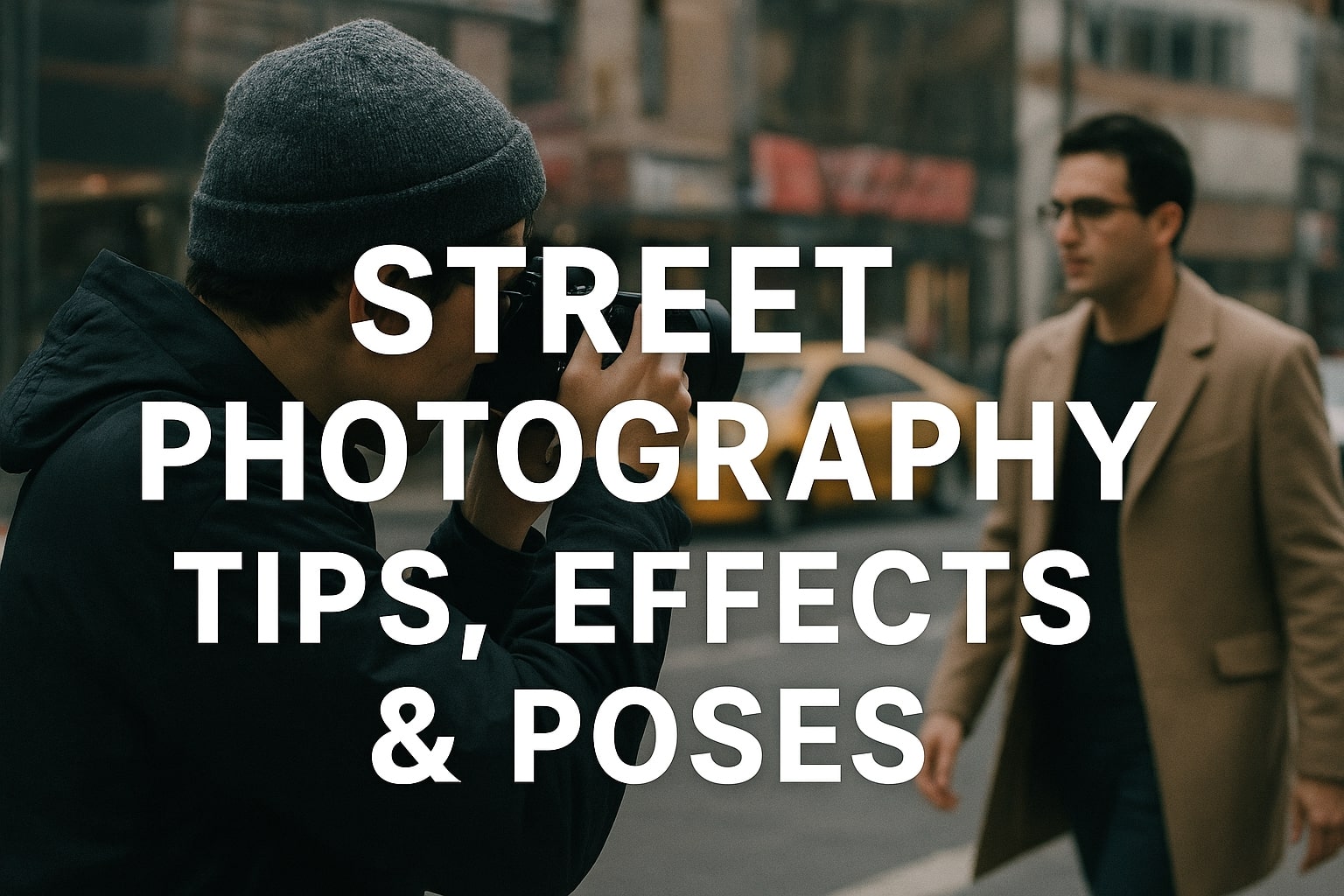
Street Photography Tips, Effects & Poses – Complete Guide
-

Leica Q2 for Photography: Why It’s Loved by Photographers
Mobile Photography Hacks: Candid Moments with Your Phone
Discover high-impact mobile photography hacks to capture genuine, gorgeous candid moments with your phone. Learn practical tips, composition secrets, and pro techniques to turn everyday scenes into stunning visual stories. Introduction: The New Age of Mobile Photography Photography has evolved beyond heavy cameras, technical jargon, and expensive equipment. Today, the power to capture extraordinary moments
Professional Model & Portfolio Photoshoots: Show Your Best Work
” Discover how to plan, style, and execute stunning portfolio photoshoots that showcase your skills, personality, and versatility. This comprehensive guide covers professional tips, posing ideas, gear suggestions, and industry insights for models and photographers.” Introduction – Why Portfolio Photoshoots Are the Cornerstone of a Photographer’s Career A well-crafted portfolio photoshoot is more than a
Street Photography Tips, Effects & Poses – Complete Guide
Discover the ultimate guide to Street Photography with expert tips, creative effects, and dynamic poses. Learn how to capture authentic urban moments, master composition, and tell powerful visual stories through your lens. Article Outline 1. Introduction to Street Photography Street Photography is more than just taking pictures of people in public spaces — it’s about
Leica Q2 for Photography: Why It’s Loved by Photographers
Introduction: The Cult Status of the Leica Q2 The Leica Q2 is not just a camera—it’s a statement. Combining the heritage of German precision engineering with modern digital excellence, it holds a special place in the hearts of professional and passionate photographers alike. With its full-frame sensor, prime Summilux lens, and minimalist design, the Q2
Top Cameras Under ₹1 Lakh for Freelance Photography
Freelance photography is no longer a niche—it’s a booming creative profession that demands not only vision and hustle but also the right gear. Your camera isn’t just a tool; it’s your storytelling partner. If you’re a freelance photographer aiming to balance performance, versatility, and budget, investing in a cameras under ₹1 lakh can offer the
Top Features of Nikon D850 That Make It Ideal for Photoshoots
Explore the top features of the Nikon D850 that make it a powerhouse for photoshoots. From exceptional resolution to dynamic range, this detailed Nikon D850 guide is built for professional and aspiring photographers. 1. Introduction When Nikon launched the D850, it quickly earned a reputation as a flagship DSLR that redefined what photographers could expect
